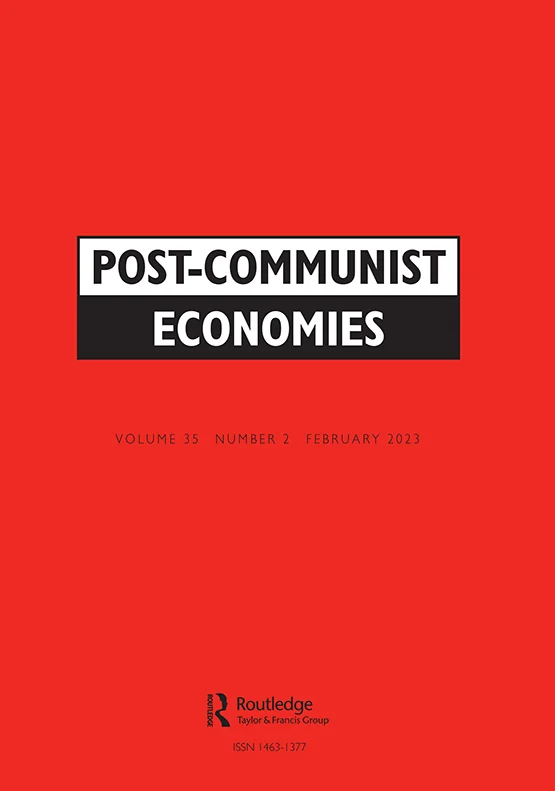The positive effect of moral self-concept on fraudulent behavior and the need for moral cleansing – new study by Tamás Keller and Péter Szakál in Nature Scientific Reports

The positive effect of moral self-concept on fraudulent behavior and the need for moral cleansing Tamás Keller & Péter Szakál Scientific Reports, volume 15, article number: 31898 (2025) – Published: 29 August 2025 Abstract Both moral cleansing and moral licensing theories suggest that moral self-concept positively influences subsequent engagement in fraudulent behavior. Specifically, a […]
The optimal timing of clean technology adoption: A stochastic cost–benefit analysis by Péter Csóka and co-authors in Technological Forecasting and Social Change journal
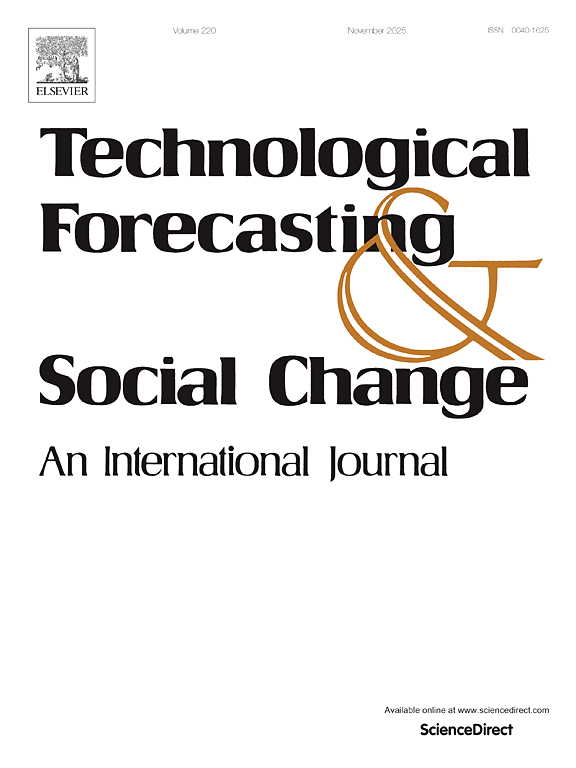
The optimal timing of clean technology adoption: A stochastic cost–benefit analysis Dávid Zoltán Szabó – Péter Csóka – Réka Janosik Technological Forecasting and Social Change, Volume 219, October 2025 Abstract This paper develops a quantitative framework to determine the optimal timing for transitioning to clean technologies, which is crucial for sustainable development and climate action. […]
Eco-innovation in Hungarian wineries: What drives sustainability in an emerging wine market? – by Imre Fertő and Valéria Lekics

Eco-innovation in Hungarian wineries: What drives sustainability in an emerging wine market? By Imre Fertő and Valéria Lekics Wine is not just a cultural product in Hungary; it is also an economically important sector that faces a growing environmental challenge. Viticulture and winemaking are resource-intensive, involving significant water use, energy consumption, and agrochemical […]
From Greyness and Dullness to a ‘KolorCity’? (Re)Constructing the Material and Immaterial Layers of Kazincbarcika’s Palimpsest – new research article by Márton Berki
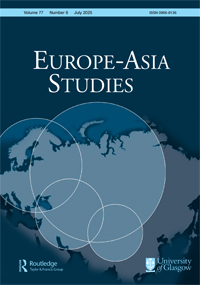
From Greyness and Dullness to a ‘KolorCity’? (Re)Constructing the Material and Immaterial Layers of Kazincbarcika’s Palimpsest Márton Berki Europe-Asia Studies – Published online: 29 Aug 2025 Abstract One of Hungary’s socialist new towns, Kazincbarcika was founded in the early 1950s. After three-and-a-half decades of privileged (state-funded) development and two-and-a-half decades of subsequent crises, the […]
The Dark Side of the Battery Boom – Procedural Injustice in the Green Transition: Lessons from Hungary’s Battery Industry

The Dark Side of the Battery Boom – Procedural Injustice in the Green Transition: Lessons from Hungary’s Battery Industry Jenő Zsolt Farkas, András Donát Kovács and György Csomós Across the globe, governments are racing to build the industries that will power a low-carbon future. European post-2008 “reindustrialization” strategies have prioritized technologically advanced and “green” sectors—particularly […]
Sustaining the Green Turn: What Slovenian Farms Teach Us About Durable Environmental Commitments by Imre Fertő and Štefan Bojnec

Sustaining the Green Turn: What Slovenian Farms Teach Us About Durable Environmental Commitments by Imre Fertő and Štefan Bojnec Agri-environmental climate schemes (AECS) have become a central pillar of the European Union’s Common Agricultural Policy (CAP). They aim to reward farmers for providing public goods — biodiversity, soil health, carbon storage — alongside food […]
Sustainable Urban Food Production with a Special Focus on Permaculture From Hungarian Perspectives – new study by Andrea Uszkai in Planlama journal
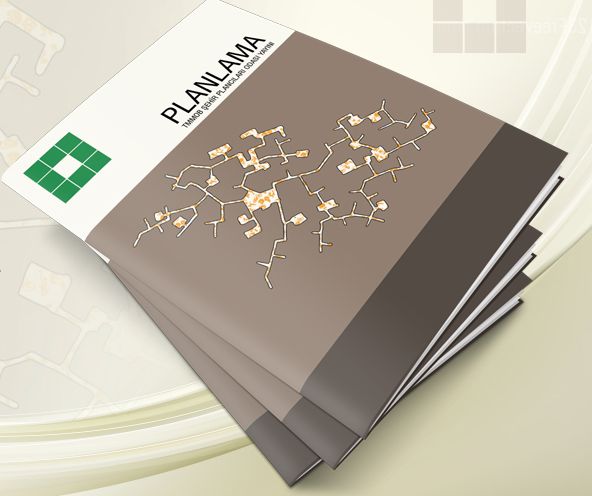
Sustainable Urban Food Production with a Special Focus on Permaculture From Hungarian Perspectives Andrea Uszkai Planlama / Journal of Planning 0000;00(0):1–11 | – Available online: 19.08.2025 In recent years, there has been a growing interest in sustainable agriculture and food production in Hungary as well. Moreover, as today’s climate change significantly impacts agriculture, there […]
Exploring the drivers of farm sustained participation in agri-environmental programmes – new research article by Štefan Bojnec and Imre Fertő
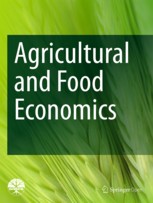
Exploring the drivers of farm sustained participation in agri-environmental programmes Štefan Bojnec – Imre Fertő Agricultural and Food Economics – 13, 50 (2025) – Published: 25 August 2025 This paper examines the socioeconomic and institutional determinants influencing sustained participation in Agri-Environmental Climate Schemes (AECS), drawing on comprehensive panel data from Slovenian farms […]
Do diversity and context collapse kill an online social network?

Do diversity and context collapse kill an online social network? Researchers of the RECENS group of the Centre for Social Sciences, Júlia Koltai and Károly Takács and of the ANETI Lab at Centre for Economic and Regional Studies, László Lőrincz and Johannes Wachs analysed if context collapse contributes to the decline of an online […]
Understanding Innovation in European Mountain Product Value Chains – new co-authored research article by Gusztáv Nemes in Mountain Research and Development

Understanding Innovation in European Mountain Product Value Chains: Empirical Typology, Patterns of Co-occurrence, and Policy Implications Emilia Schmitt, Jonathan Hopkins, Gianna Lazzarini, Carmen Forrer, Gusztáv Nemes, Diana Surova, Carmen Maestre Diaz, Michele Moretti, Dominique Barjolle Mountain Research and Development – Focus Issue: Innovation Pathways to Sustainability in Mountains – VOL. 45 · NO. 3 | 28 August […]




